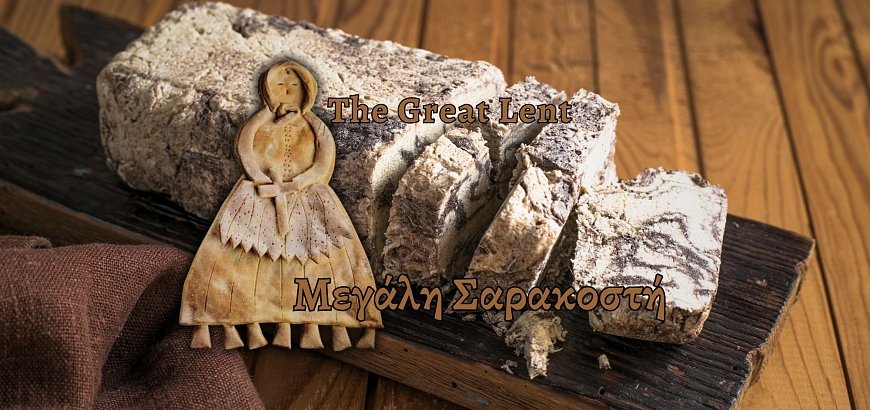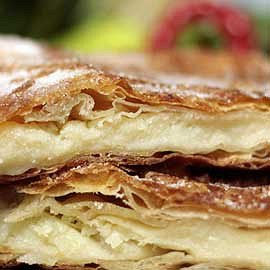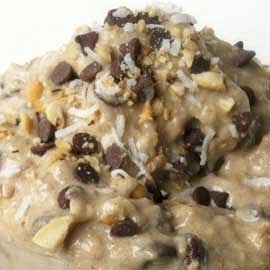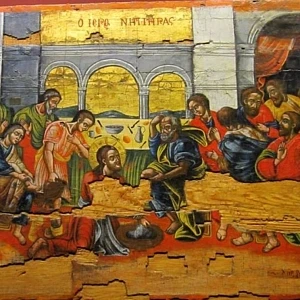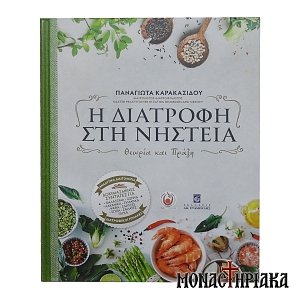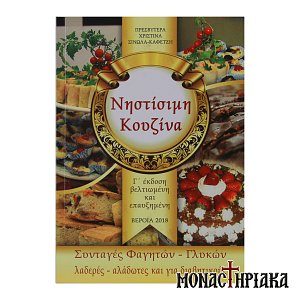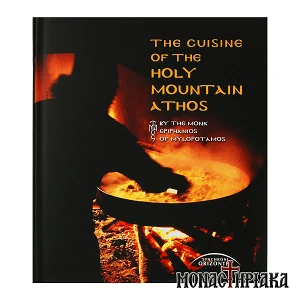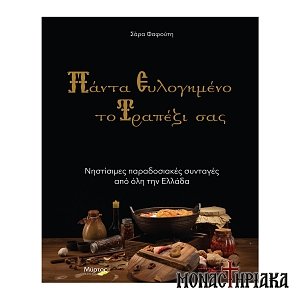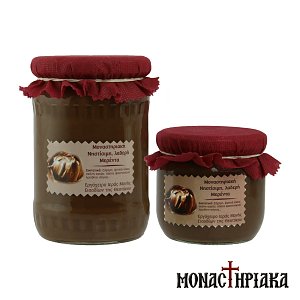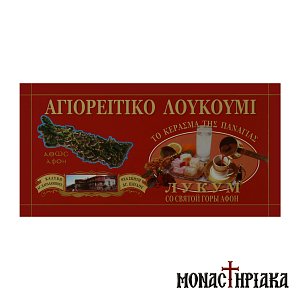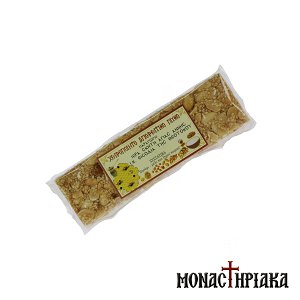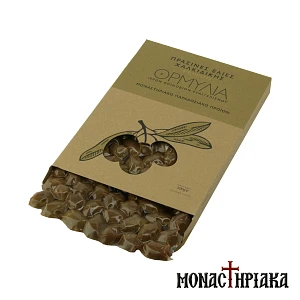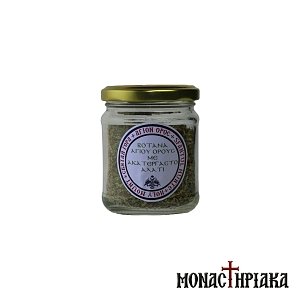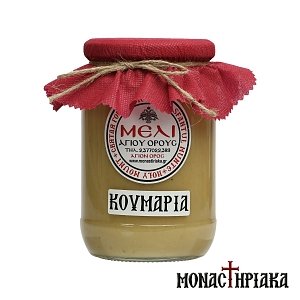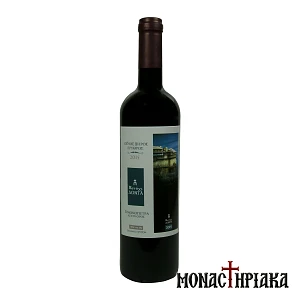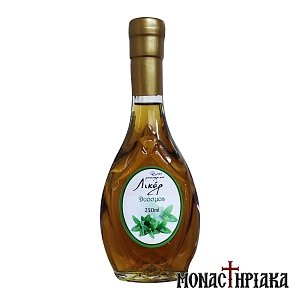The period of Great Lent dates back to the 4th century AD and constitutes the oldest fast of the Orthodox Church. During Lent, the faithful prepare themselves spiritually and physically for the great event of the Resurrection of our Lord Jesus Christ.
How many days the fasting period of Great Lent lasts
The fasting period before Holy Easter is called ‘Lent’, as it initially marked the forty-day fast, that is, six weeks, in remembrance of the forty-day fast of Jesus Christ in the desert.
Along the way, an additional week was added, and now the fasting period lasts for 48 days, that is, seven weeks, starting from Clean Monday until Holy Saturday.
Furthermore, it is called ‘Great’ Lent due to the profound significance that is attributed to the remembrance of Jesus Christ's Passion, and also to distinguish it from the Advent.
Find here: Books of Monastic Gastronomy with fasting recipes.
How we fast at Great Lent
The fasting that is followed during Great Lent is strict, with specific rules, as well as some exceptions.
During the fasting period of Great Lent, the consumption of meat and fish is prohibited, as well as all dairy products. Additionally, eggs, wine and oil are also prohibited.
Find here: Monastic Recipes without Oil.
Regarding oil, it is important to make some clarifications. The fasting from oil and wine applies throughout the week, except for Saturdays and Sundays.
In contrast to oil, olives are permitted during the fasting period because they are consumed as fruits, while the prohibition of oil is based on the preparation of foods that require oil. Find here monastic olives.
Furthermore, the Church, for pastoral care reasons, allows olives with the aim of assisting the faithful to exercise with temperance and not to induce exhaustion during the fasting period.
The exceptions of fasting at Great Lent
During the period of Great Lent, there are certain days that constitute exceptions to the general rules of fasting.
-On March 25th, the day of the Annunciation of the Virgin Mary, as well as on Palm we do not abstain from fish.
-On March 26th, the day dedicated to the Forty Holy Martyrs, oil and wine are allowed.
-Holy Saturday is the only Saturday of the year, in which we fast from oil and wine. This occurs because it is a day of strict fasting and great mourning for all Christianity.
What we eat at Great Lent
It is worth mentioning that the fasting of Great Lent, apart from being a deeply religious practice, is also an excellent opportunity to detox the body. The diet that is followed during the fasting period can be proved beneficial for the body, as it is rich in legumes, vegetables, fruits, grains, and seafood, foods that are known for their beneficial properties.
Categories of fasting foods
Legumes such as lentils, beans, chickpeas, peas/fava beans, peanuts, and soybeans are recommended during the fasting period and are characterized as the "meat of the poor." They are rich in proteins, iron, magnesium, calcium, and folic acid.
Monastic recipes with Legumes.

Fruits and vegetables are an ideal choice for the fasting period, both in their fresh and dried form. They provide carbohydrates, dietary fibers, vitamins such as vitamin C, K, and other antioxidant components.
Monastic recipes based on Vegetables, Soups and Salads.
Another essential choice during the fasting period is seafood, particularly shellfish and mollusks, such as octopus, squid, oysters, cuttlefish, shrimp, prawns, and mussels.
Seafood is a good source of phosphorus, iodine, iron, magnesium, copper/cuprum, proteins, B vitamins, and omega-3 fatty acids. Those that can be consumed with their shells, offer a satisfactory amount of calcium.
Monastic recipes with Shellfish and Mollusks.

Grains
At the base of our dietary pyramid, we find grains, which are a good choice for the fasting period. This category includes wheat, rice, barley, oats, corn, and all their flours.
Find here the monastic recipe Rice with Beans by Father Epiphanios.
Nuts
Equally important as a source of energy for the demanding period of fasting are nuts, such as walnuts, almonds, hazelnuts, pistachios, and many more. They provide plant sterols, polyunsaturated fatty acids, selenium, zinc, potassium, phosphorus, magnesium, and many vitamins such as vitamin E.
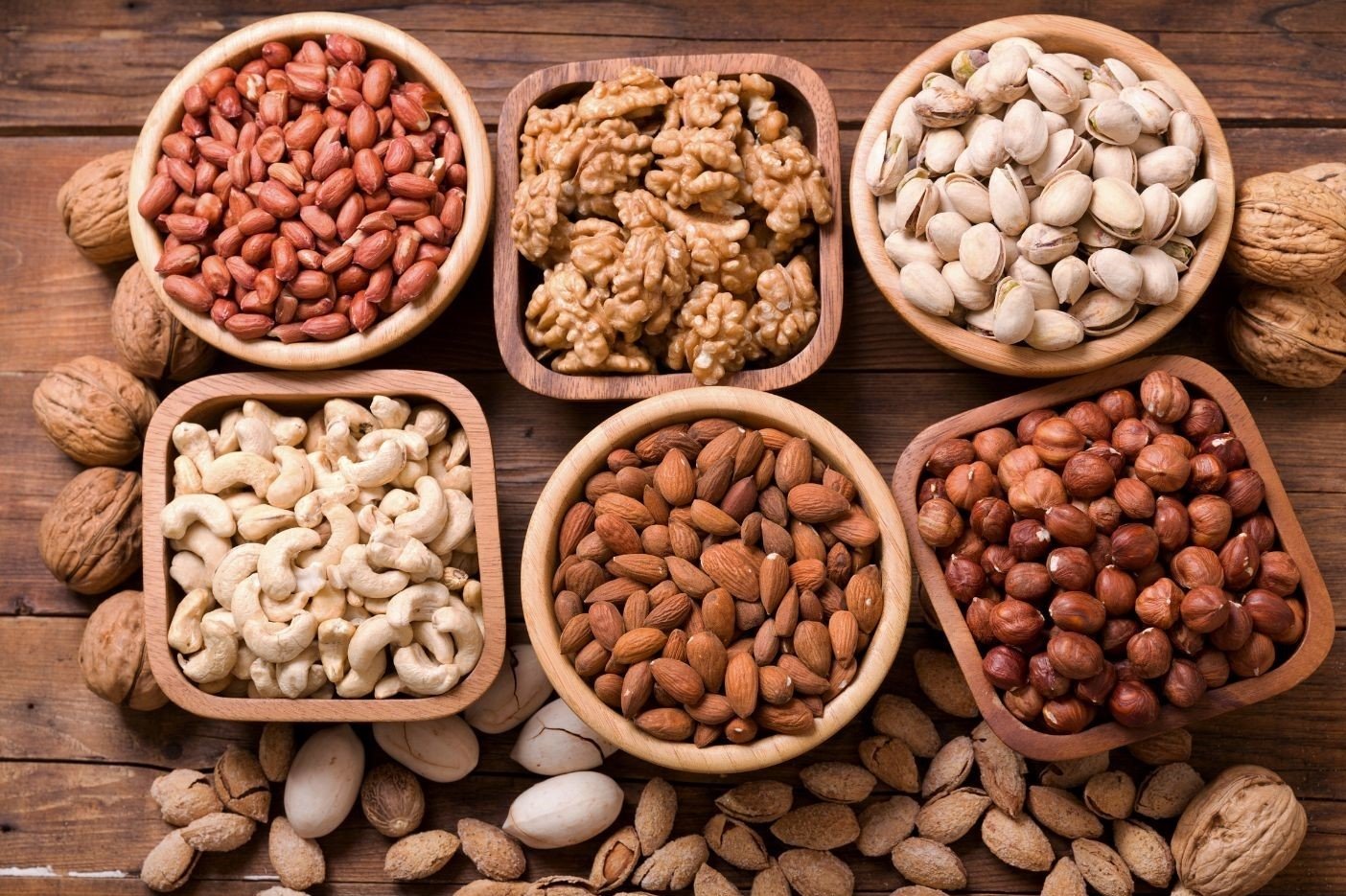
Lastly, no fasting table is complete without sweets, such as the traditional halva or the fasting cake with sesame paste.
Monastic recipes for traditional desserts.
The fasting of Great Lent is a very significant period accompanied by strict rules, personal struggle, physical, and spiritual exercise.
In any case, fasting is not the be-all or the only purpose but an expedient of purification and preparation for the holy day of the Resurrection of our Lord Jesus Christ. For this reason, fasting has true religious value when it is followed by personal choice and not due to external interventions.
